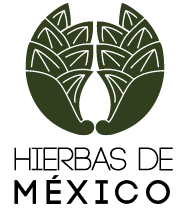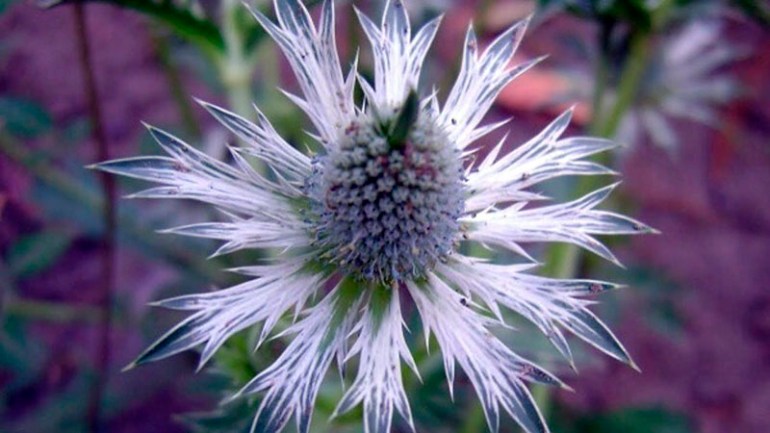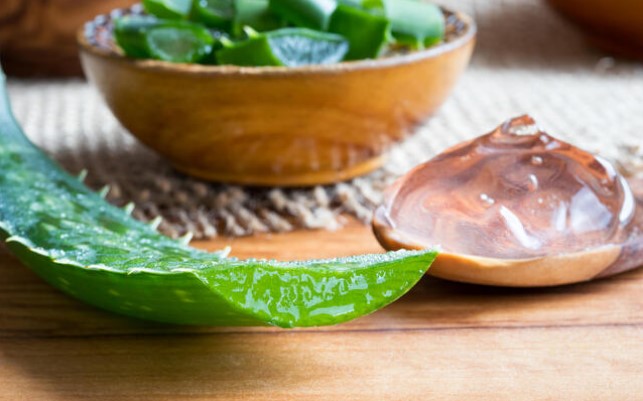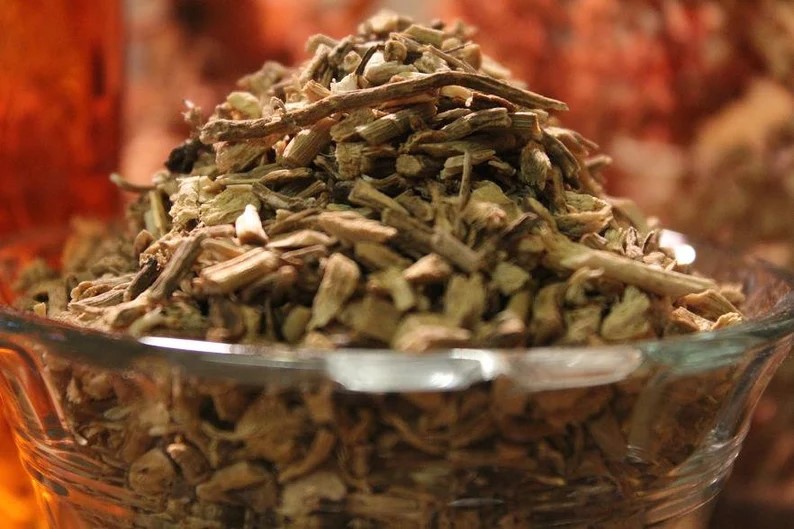La hierba del sapo Eryngium carlinae también conocida como Raíz del sapo, escorzonera, cabezona, cardón o espinosa es una planta herbácea perenne de la familia Apiaceae. Posee espinas y flores con tonalidades blancas, azules y moradas.
Esta planta se usa tanto como especia, como para el tratamiento de diversas enfermedades incluyendo asma, quemaduras, fiebre, hipertensión arterial, problemas gastrointestinales, diarrea y malaria.
Además, son una fuente de diversos compuestos fitoquímicos incluyendo flavonoides, taninos, saponinas y triterpenoides, entre otros.

USOS Y BENEFICIOS
- Ayuda a la reducción de los cálculos renales y biliares
- Calma los problemas urinarios
- Ayuda a desechar el exceso de líquidos y toxinas del cuerpo
- Tiene un efecto cicatrizante
- Disminuye los niveles de Colesteol malo en la sangre
- Eficaz para el tratamiento de la tos, pertusis
- Combinada con otras plantas medicinales se utiliza para el tratamiento de la gonorrea
- Se utiliza para el tratamiento del cáncer
- Auxiliar para tratar la angina de pecho y para prevenir la arterioesclerosis.
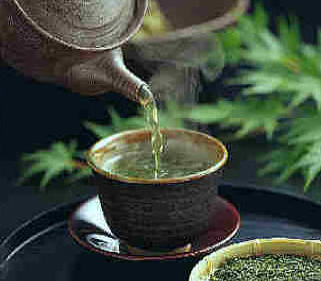
S
Siempre es bueno estar informado al 100% y consultar con tu médico de confianza antes de tomar cualquier suplemento.
Producto 100% natural, su uso está destinado al consumo como alimento.
EL CONSUMO DE ESTE PRODUCTO ES RESPONSABILIDAD DE QUIEN LO RECOMIENDA Y DE QUIEN LO USA
REFERENCIAS
Castro-Torres IG, De la O-Arciniega M, Naranjo-Rodríguez EB, Castro-Torres VA, Domínguez-Ortíz MÁ, Martínez-Vázquez M.Evid Based Complement Alternat Med. 2017;2017:3176232. doi: 10.1155/2017/3176232. Epub 2017 Dec 14.PMID: 29387127 Free PMC article.
Hypercholesterolemia is a metabolic disorder characterized by a high concentration of cholesterol in the blood. Eryngium carlinae is a medicinal plant used to treat lipid diseases. The goal of this work was to evaluate, in a model of hypercholesterolemia in mice, th …
Peña-Montes DJ, Huerta-Cervantes M, Ríos-Silva M, Trujillo X, Huerta M, Noriega-Cisneros R, Salgado-Garciglia R, Saavedra-Molina A.Antioxidants (Basel). 2019 Mar 26;8(3):73. doi: 10.3390/antiox8030073.PMID: 30917540 Free PMC article.
In the present study, we investigated the composition and antioxidant activity of the hexanic extract of Eryngium carlinae inflorescences by employing in vitro assays to measure antioxidant capacity and 2,2-diphenyl-1-picrylhydrazyl scavenging activity. …It also i …
3) Hypolipidemic Activity of Eryngium carlinae on Streptozotocin-Induced Diabetic Rats.
Noriega-Cisneros R, Ortiz-Ávila O, Esquivel-Gutiérrez E, Clemente-Guerrero M, Manzo-Avalos S, Salgado-Garciglia R, Cortés-Rojo C, Boldogh I, Saavedra-Molina A.Biochem Res Int. 2012;2012:603501. doi: 10.1155/2012/603501. Epub 2011 Nov 24.PMID: 22162811 Free PMC article.
This study was undertaken to investigate the effect of chronic administration of ethanolic extract of Eryngium carlinae on glucose, creatinine, uric acid, total cholesterol, and triglycerides levels in serum of streptozotocin- (STZ-) induced diabetic rats. Triglycer …
Arana-Argáez V, Alonso-Castro AJ, Yáñez-Barrientos E, Euan-Canto A, Torres-Romero JC, Isiordia-Espinoza MA, Brennan-Bourdon LM, Juárez-Vázquez MDC, González-Ibarra AA.J Ethnopharmacol. 2021 Feb 10;266:113406. doi: 10.1016/j.jep.2020.113406. Epub 2020 Sep 23.PMID: 32979410
ETHNOPHARMACOLOGICAL RELEVANCE: Eryngium carlinae F. Delaroche (Apiaceae) is an herb used in folk medicine as a diuretic, analgesic, and anti-inflammatory agent. AIM OF THE STUDY: This work assessed the diuretic, antinociceptive, and anti-inflammatory actions of an …
Knauth P, Acevedo-Hernández GJ, Cano ME, Gutiérrez-Lomelí M, López Z.Evid Based Complement Alternat Med. 2018 Feb 28;2018:3610364. doi: 10.1155/2018/3610364. eCollection 2018.PMID: 29681972 Free PMC article.
For the first time we report a cytotoxicological study on an extract of Eryngium carlinae (CC(50) = 356 mug/ml) and likewise the bark extract from Amphipterygium adstringens (CC(50) = 342 mug/ml). …
